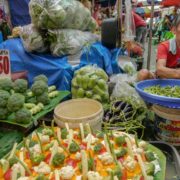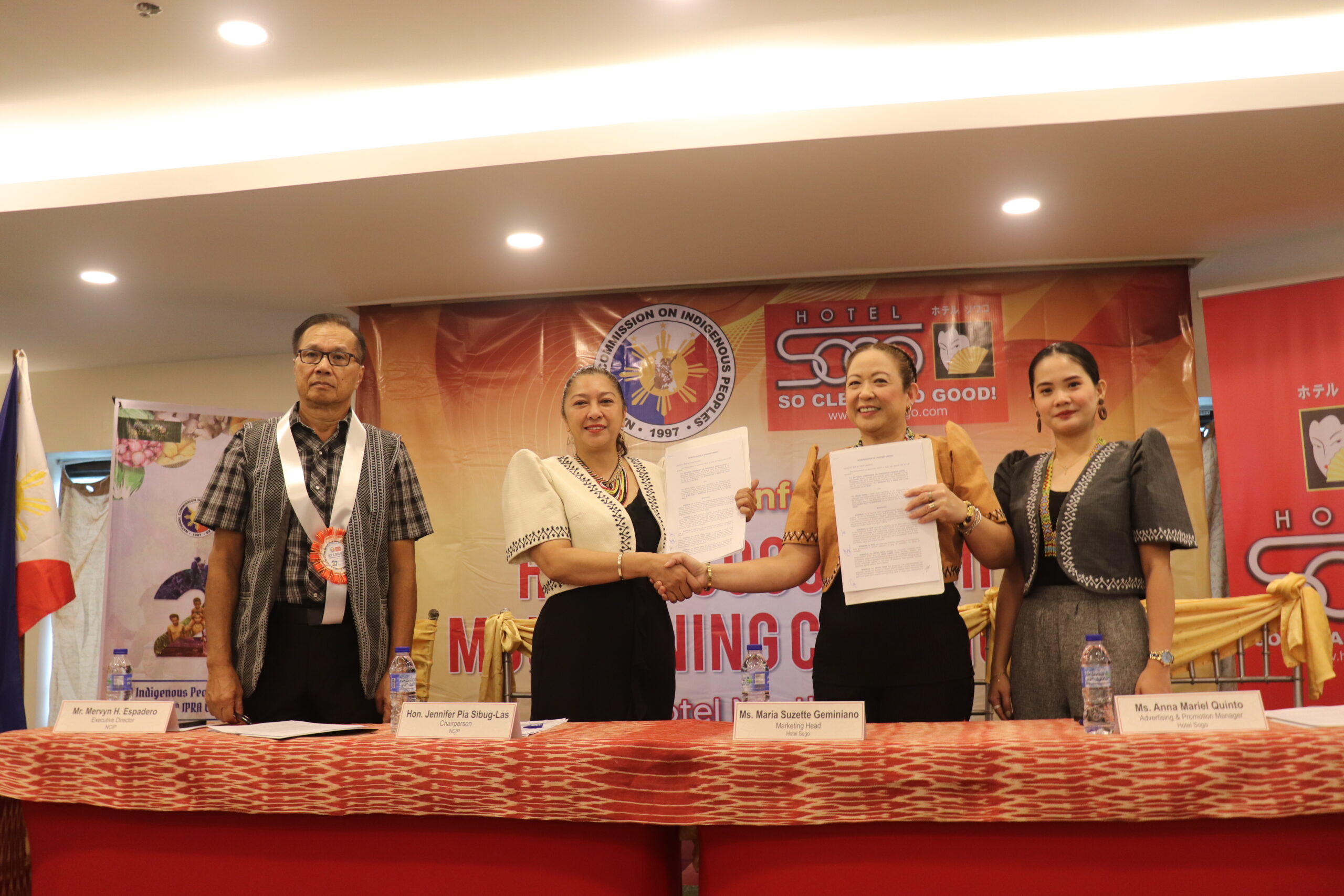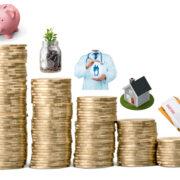
MANILA, PHILIPPINES (26 September 2018) — The Asian Development Bank (ADB) has revised its economic growth outlook for the Philippines to 6.4% for 2018 and 6.7% for 2019 as the country’s gross domestic product (GDP) growth softened unexpectedly in the first half of this year.
In an update of its flagship annual economic publication, Asian Development Outlook (ADO) 2018, ADB’s revised outlook for the Philippines—from 6.8% in 2018 and 6.9% in 2019—reflects a moderation in agricultural output and exports, as well as higher inflation and continued global monetary tightening. Inflationary pressures are expected to taper off next year as tighter domestic monetary policy begins to take effect, according to the report.
“The Philippines’ growth outlook remains stable despite moderating slightly in the first half of the year, as the country’s economic fundamentals are strong,” said ADB Country Director for the Philippines Mr. Kelly Bird. “We’re expecting growth to slowly pick up as public investment in infrastructure and social sectors accelerate and key economic sectors continue to perform solidly.”
Domestic investment in the Philippines rose by 16.4% in the first half of 2018 due to healthy construction growth, while spending on industrial machinery and equipment grew by 17.1%. Growth in exports of goods and services in real terms, meanwhile, slowed to 9.8% from 19.5% over the same period last year, with electronics exports—which account for half the country’s exports—easing.
Household consumption, which comprises two-thirds of GDP, grew by 5.7% from January to June, slightly lower than the 5.9% increase over the same period in 2017. This mainly reflects high remittances and a fall in the unemployment rate to 5.4% in July 2018 from 5.6% the same time last year. Public spending, meanwhile, almost tripled to 12.6% in the first half from 4.3% the previous year, driven by higher expenditure on social priorities including education, healthcare, conditional cash transfers to poor families, and government salaries.
Looking ahead, ADB projects industry and services will continue to drive economic growth as agriculture recovers from an almost stagnant 0.7% increase in the first half of 2018, while the investment outlook remains positive for this year and next. The government’s approval of the Ease of Doing Business Act earlier this year will help streamline procedures for public transactions, while attracting private investment.
The economy will benefit from the government’s “Build, Build, Build” infrastructure program, with infrastructure spending rising 47% year-on-year in the first 7 months of 2018. As of August 2018, 44 of 75 projects have been implemented.
Inflation, projected at 5.0% in 2018 and 4.0% in 2019 in the report, exceeds the government’s official target of 2.0%–4.0% this year. Rising global prices for oil and other commodities have contributed to underlying inflationary pressures. Proposed reforms to replace quantitative restrictions on rice, with resulting tariff revenue to be invested to improve domestic rice farming, will help stabilize food prices over the medium-term, according to the report.
External risks include unexpectedly swift US interest rate tightening, heightened volatility in international financial markets, as well as the resulting shocks from uncertain trade policy in some advanced economies. The report noted, however, that the Philippine economy will remain resilient, helped by its sound external payments position and relatively low national government debt.
ADB is committed to achieving a prosperous, inclusive, resilient, and sustainable Asia and the Pacific, while sustaining its efforts to eradicate extreme poverty. Established in 1966, it is owned by 67 members—48 from the region. In 2017, ADB operations totaled $32.2 billion, including $11.9 billion in cofinancing.
–
This article was first published by the Asian Development Bank (www.adb.org).




